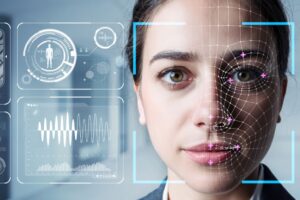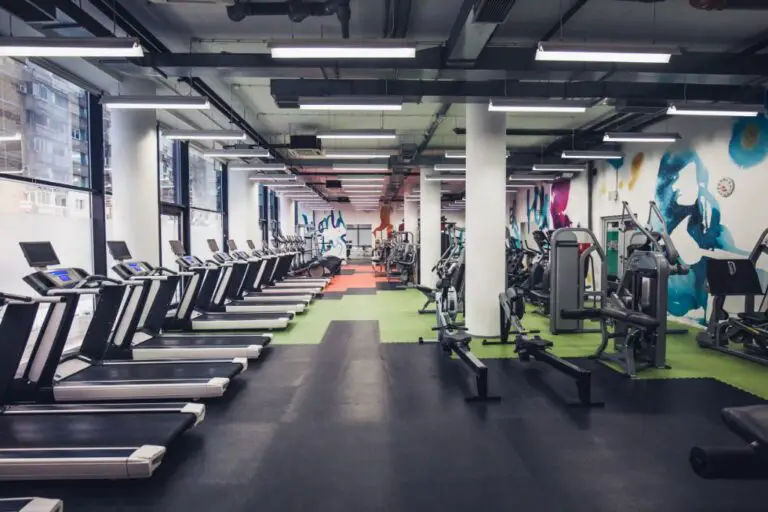People worldwide are exercising daily. The desire for a healthier life is growing. So, it’s crucial to provide advanced gear for fitness lovers. Biometric analysis is a new development changing how we stay fit. It collects, and dissects data to identify strengths and weaknesses, and shapes personalized workouts. This tech could shake up the gym industry, targeting all fitness types. Including a smarter gym in our gym business plan is proactive, addressing the evolving landscape of the fitness industry. Public awareness increased, high-tech fitness solutions wanted; a smarter gym is necessary for a future-proof gym business.
1. Custom Workouts
We collect and analyze biometric data to shape personal fitness plans. This data roots in body size, blood pressure, heart rate, etc. It points out strengths and weaknesses in your body. Then, gym owners create workout plans fitting different goals like gaining muscle, weight loss, boosting endurance, or toning. These custom routines ensure gym-goers receive tailored training fitting their unique needs and abilities.
2. AI Integration
Gyms use biometrics to collect huge amounts of data. Analyzing all this manually is tough. But with Artificial Intelligence, gyms can now quickly sort and make sense of this information. This helps to deliver real-time feedback to gym-goers. Feedback can include performance details, motivational messages, and progress updates. Cool, right?
3. Enhanced Gear
Studying your fitness gear use also helps gyms. Biometrics help mark patterns—too much or too little use, gear age. This way, gyms figure out which equipment needs an update. Result? Better machines, improved workouts, and a superior gym experience for you.
4. Custom-Fit Experience
Guess what? Gyms can now create a personalized workout plan just for you! They gather data on your lifestyle, sleeping, and eating habits. Now, imagine gym gear calibrated to your body’s metabolism. Or a customized workout plan based on your lifestyle and food habits. No more generalized, one-size-fits-all plans, thank goodness!
5. Workouts for Your Age
Gyms can also help different age groups better. Using biometric data, they can establish age-focused training plans. Why? As we get older, our bodily functions change—muscle strength, stamina, and flexibility. So, gyms ensure appropriate, safe, helpful routines for every age. This way, everyone from kids to seniors can stay fit and stave off age-related health issues.
6. Healing Assistance
Biometrics have a powerful part in healing pathways. Folks healing from damage or operations can use it for tailored recovery schemes. By checking essential inputs like heart rate and blood pressure during workouts, medical helpers can change the workout kind and hardness to secure a healthy and useful healing path.
7. Progressive Monitoring
Thanks to biometrics, improved tracking is here for the fitness industry. This tech goes deeper than counting steps or tallying calories. Biometric tech offers helpful insights into one’s health and fitness. It covers sleep habits, heart condition, tension amounts, and more. This improved monitoring gives a complete view of one’s health, prompting proactive health upkeep.
8. Industry Edge
Gym lords that work biometric scrutiny give their gyms an edge. Clients get access to top-notch machines and tailor-made workout plans. These plans mean better results. It doesn’t just pull in new clients, it also keeps current gym-goers who are likely to choose their gym over others. Additionally, by keeping up with tech, gym lords can pull in the young crowd more inclined to try new fitness tech. By giving a bespoke and advanced fitness journey, biometric scrutiny offers gyms a leg up in the industry.
What’s bad about using Biometrics at the gym?

Biometric technology is a big leap for gyms but has some issues to consider.
1. People Worry about their Privacy
Using biometrics means collecting sensitive health data. Some gym members might fear their data could be misused or leaked by mistake. Also, different areas have different privacy rules, so this can complicate the use of biometrics for gym owners.
2. It’s Expensive
Using biometric tech can strain gyms financially because it is a cost-intensive endeavor. High costs for the equipment, software, and installation can cause gym membership fees to rise, which could make some people rethink gym membership.
3. Quality Matters
Biometric data can only be as good as the equipment. Bad quality equipment equals wrongful data, which can mess up customized workout plans and could risk injuries.
4. Fear of Technology
Not everyone is at ease with high-tech gym gear. Some may stick to old, tested workout methods. So, for these members, the use of biometrics might not be welcome, perhaps making them feel left out.
5. Less Face-To-Face Contact
Gaining more tech at hand may mean fewer human talks at the gym. This change can change the gym vibe. Some people might miss the hands-on advice and help from pro coaches, a thing no device can copy.
Conclusion:
In closing, adding biometric studies to a gym’s toolbox allows them to better meet gym-goers’ unique needs. It means custom fitness plans, smart tech, better gear, more tailored services, and an edge in the market. With this, gym owners can see big gains. That’s because this tool may totally change the fitness world, by creating smart, advanced workout plans that match each person’s needs.

A computer engineer by day, gamer by night. He grew up playing Mario and contra, and just like every other 90s kid, he got passionate about mobile gaming. He had done bachelors in computer science and played fps and MOBA games for years.

